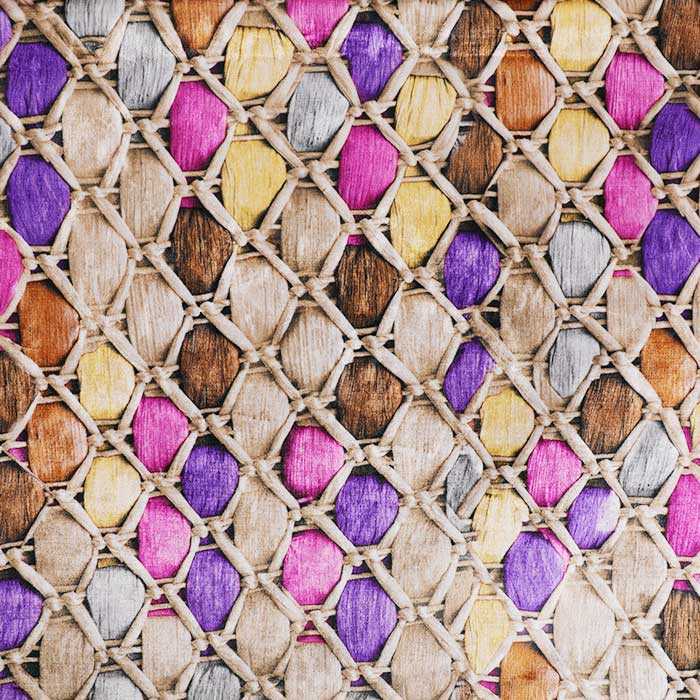Three-dimensionally printed textiles have several practical applications. These textiles can be used as a means to reinforce concrete structures. They can also be used to make sacks. This article outlines the advantages of 3D-printed textiles. But how do they work? How can you produce 3D textiles? Read on to learn more. And get inspired to experiment with 3D printing! Scroll down to learn more about this innovative textile!
3D woven fabrics are made using complex, near-net-shape geometries. This reduces the need for additional machining and joining and minimizes the amount of material handled during lay-up. These fabrics are also highly resistant to wear and tear and feature high delamination and ballistic damage tolerance. Using these fabrics in your everyday life will save you money on your next home improvement project. They are the ideal alternative to corrugated steel construction.
The benefits of 3D-fabric technology have increased as the technology has evolved. Its applications are far more flexible and appealing than traditional fabrics, and the production process is more efficient. One significant limitation is the cost of raw materials. The high cost of raw materials is a major deterrent for many potential users. But 3D-fabric printing will soon revolutionize the textile industry. This is a must-have technology for a thriving economy!


The advantages of fully-interlaced 3D preform weaving are numerous. Fully-interlaced fabric structures have greater stability than noobed fabrics, which only have binding at the surface of the fabric. Furthermore, 3D fully-interlaced fabrics can be made to a wide variety of shapes and sizes. The process also produces multiple two-dimensional woven fabrics. If you are in the market for a 3D fabric, you've come to the right place.
The next step is 3D woven fabrics. The three-dimensional fabric will be a key technology in the future of atomization. They will enable 100% atomization and allow for complex shaped Composite parts. This paper describes the properties of 3D fabric preforms, including their potential for use in structural and soft ballistic applications. The research findings are promising for this exciting technology. And as you can see, there's more to this revolutionary material than meets the eye.
Fully interlaced 3D preform woven fabrics are the result of a dual-directional shedding mechanism. Several sets of yarns are interlaced in the weft, and these structures have a high degree of integration. Furthermore, the process allows for slight variations in the interlaced structure by picking the wefts in successive layers. Alternatively, a rotating disk method can also be used to produce similar structures.
The permeability of 3D woven composites is crucial as it determines how long resin needs to penetrate the three-dimensional reinforcement. Prior research has examined the permeability of woven fabric preforms in various structures. However, the permeability of 3D woven 3D fabric was unknown. Therefore, Stig et al. (2015) conducted experiments to investigate the effects of various textile parameters on longitudinal permeability. This study will serve as a benchmark for further studies in the field of 3D woven composites.












